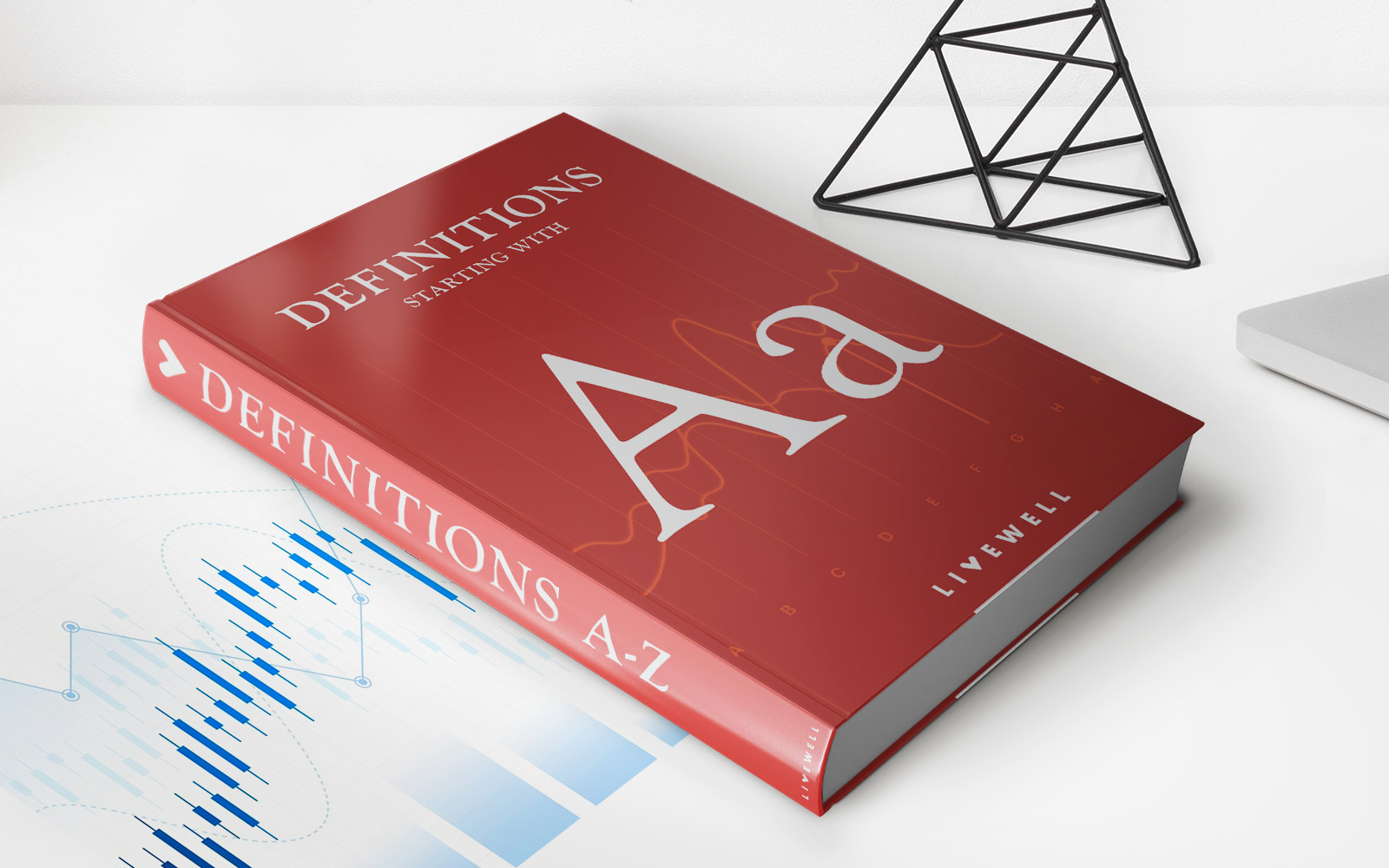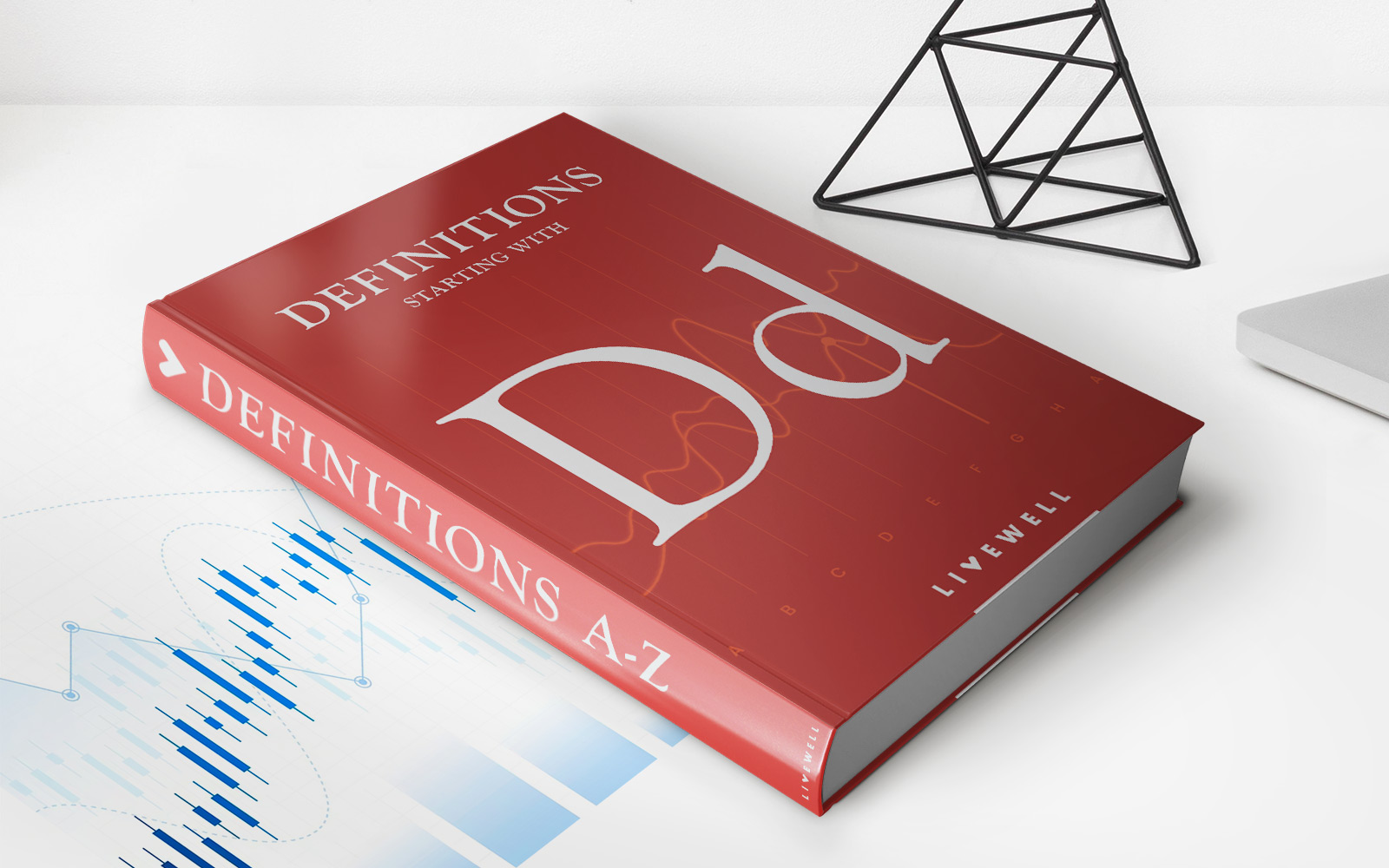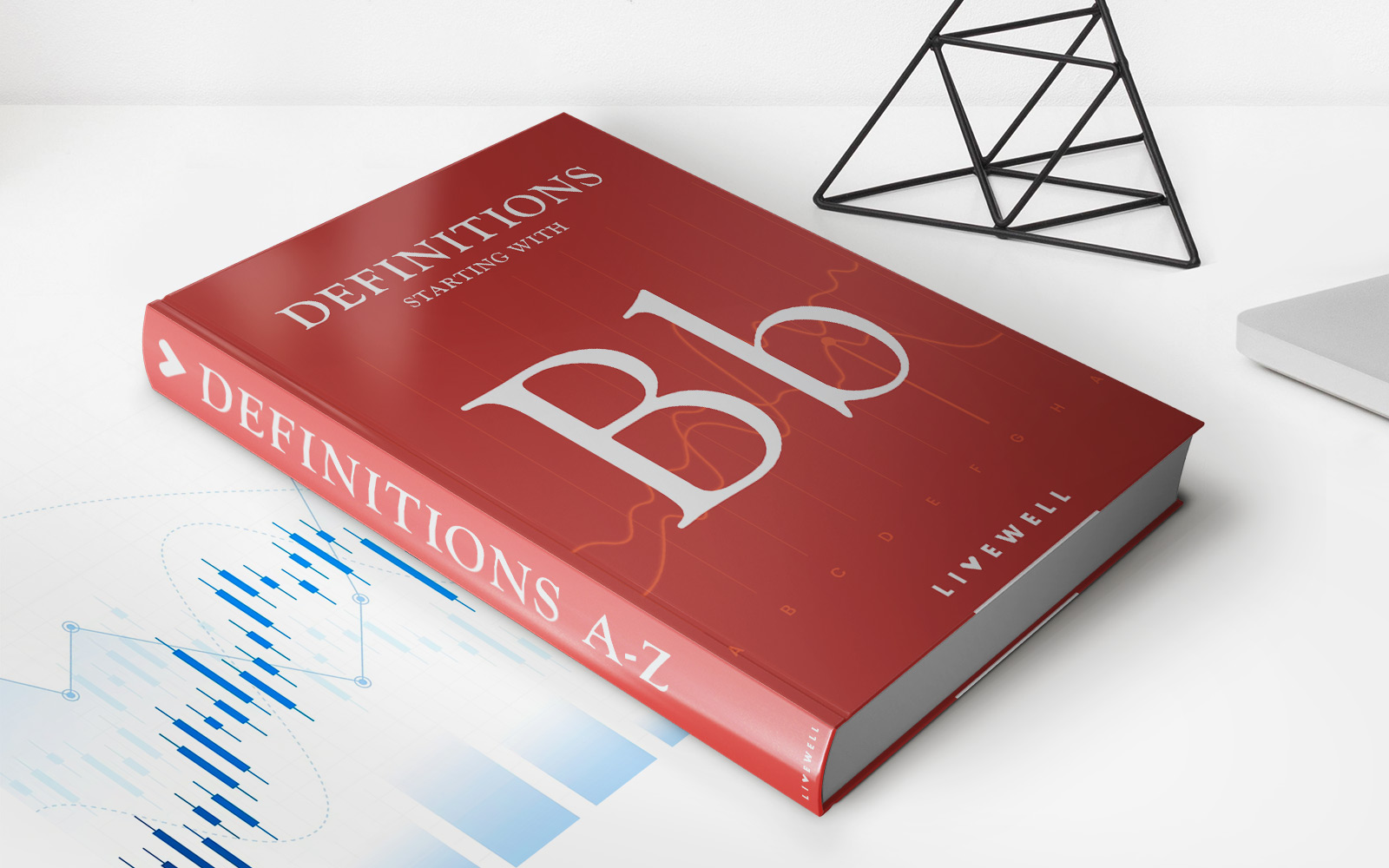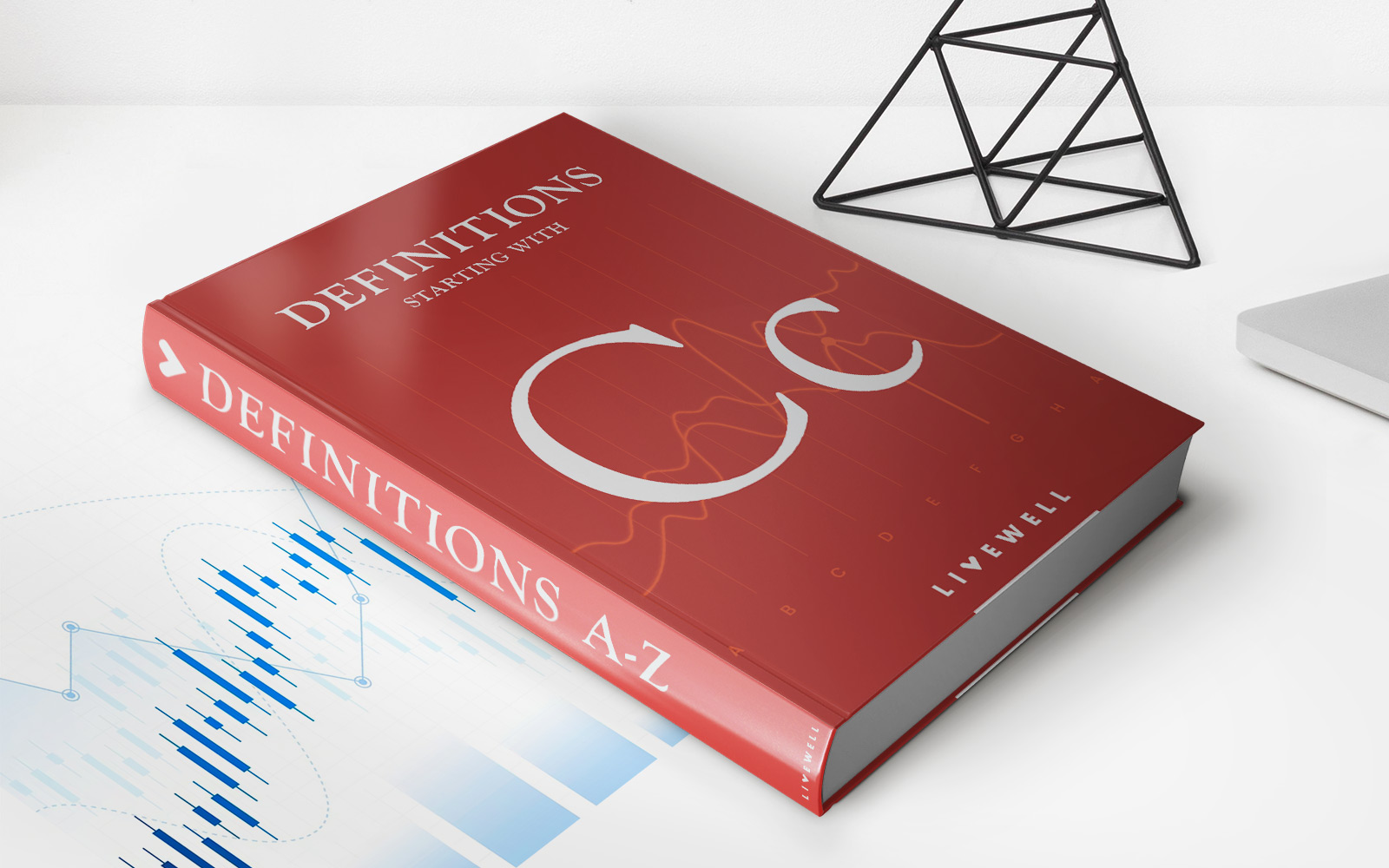Home>Finance>Disguised Unemployment: Definition And Different Types
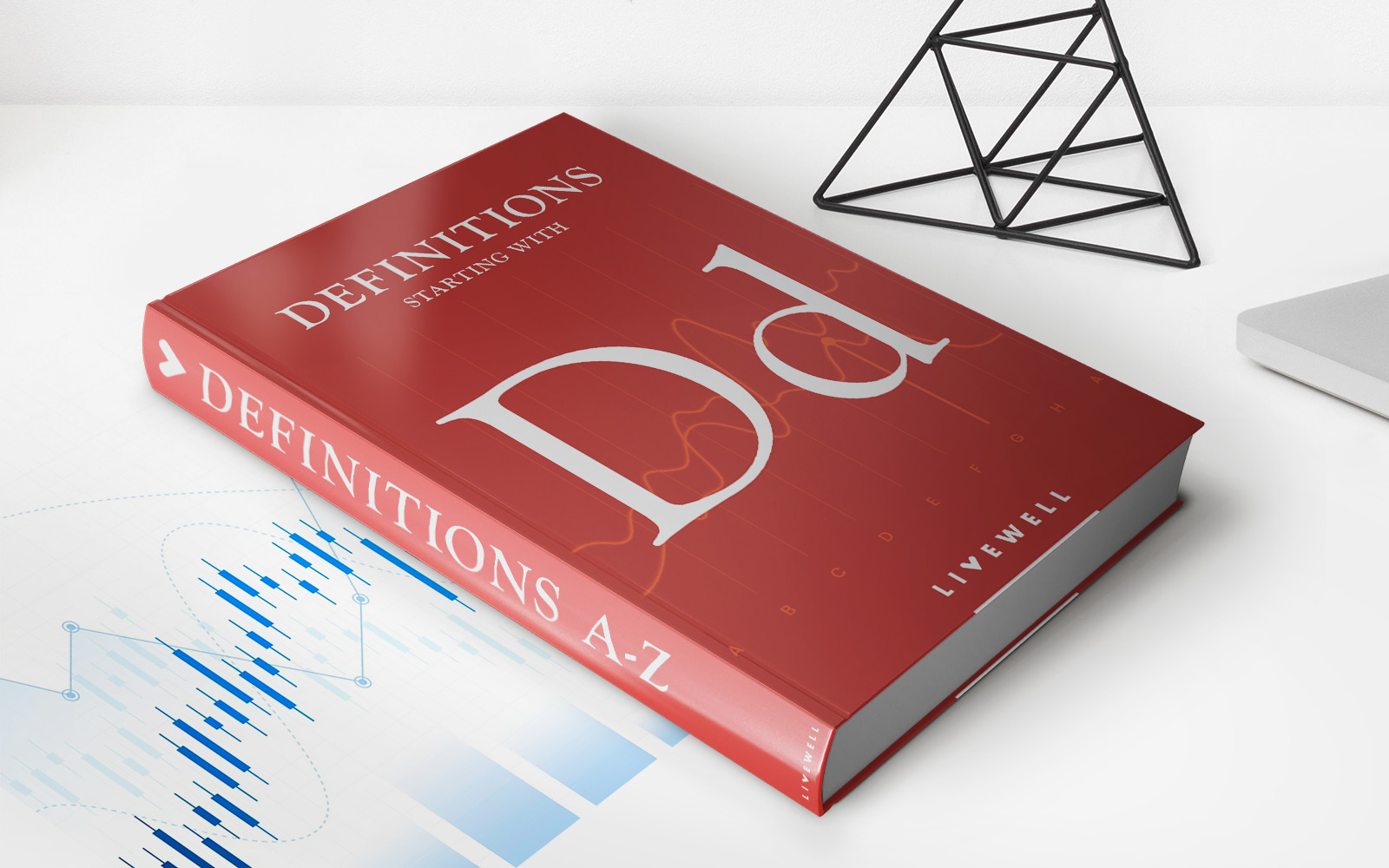

Finance
Disguised Unemployment: Definition And Different Types
Published: November 12, 2023
Learn about disguised unemployment in finance, its definition, and various types. Discover how this phenomenon affects economic productivity and employment levels.
(Many of the links in this article redirect to a specific reviewed product. Your purchase of these products through affiliate links helps to generate commission for LiveWell, at no extra cost. Learn more)
Disguised Unemployment: Definition and Different Types
Welcome to our Finance blog! In this article, we are going to dive into the concept of disguised unemployment. Have you ever wondered what disguised unemployment is and how it can impact economies? If so, you’ve come to the right place! In this post, we will provide you with a clear definition of disguised unemployment and explore its different types. So, let’s get started!
Key Takeaways:
- Disguised unemployment refers to a situation where individuals appear to be employed but are actually contributing very little or nothing to the overall productivity of the economy.
- This type of unemployment often occurs in sectors where jobs are scarce, leading to an excessive number of people engaged in low-productivity or redundant work.
What is Disguised Unemployment?
Disguised unemployment occurs when there is an excess supply of labor in a particular sector or economy, and individuals are employed but not effectively utilized. In other words, it is a situation where people appear to be employed, but their contribution to the productivity of the economy is negligible.
Disguised unemployment often manifests in sectors where job opportunities are scarce. In such situations, people may take up jobs where their skills are underutilized or perform tasks that are redundant. These individuals receive wages even if their work has little or no impact on the overall productivity of the economy.
Types of Disguised Unemployment
Disguised unemployment can take various forms depending on the nature of the economy. Here are some common types:
- Hidden Unemployment: This type of disguised unemployment occurs when individuals are employed but do not have enough work to keep them productive throughout their working hours. They may be engaged in repetitive or unnecessary tasks that do not contribute to the growth of the economy.
- Seasonal Unemployment: Seasonal unemployment is another form of disguised unemployment. It occurs when individuals are employed only during specific seasons or periods of the year due to the nature of the work. Outside of these peak periods, they may remain unemployed or underemployed.
- Underemployment: Underemployment refers to a situation where individuals have jobs, but the jobs do not fully utilize their skills, education, or experience. They may be working part-time or in low-paying jobs that are below their qualifications.
- Technological Unemployment: This type of disguised unemployment is caused by advancements in technology that render certain job roles obsolete. Individuals who lose their jobs due to automation or technological advancements may struggle to find suitable employment and may be classified as disguised unemployed until they find new opportunities.
Conclusion
Disguised unemployment can have a significant impact on an economy, stagnating overall productivity and contributing to inefficiency. It is important for policymakers and businesses to address this issue and work towards creating more meaningful employment opportunities. By understanding the different types of disguised unemployment and analyzing their causes, we can take steps to minimize its occurrence and promote a more productive workforce.
We hope this article has provided you with valuable insights into the concept of disguised unemployment. Stay tuned to our Finance blog for more informative articles and updates!

